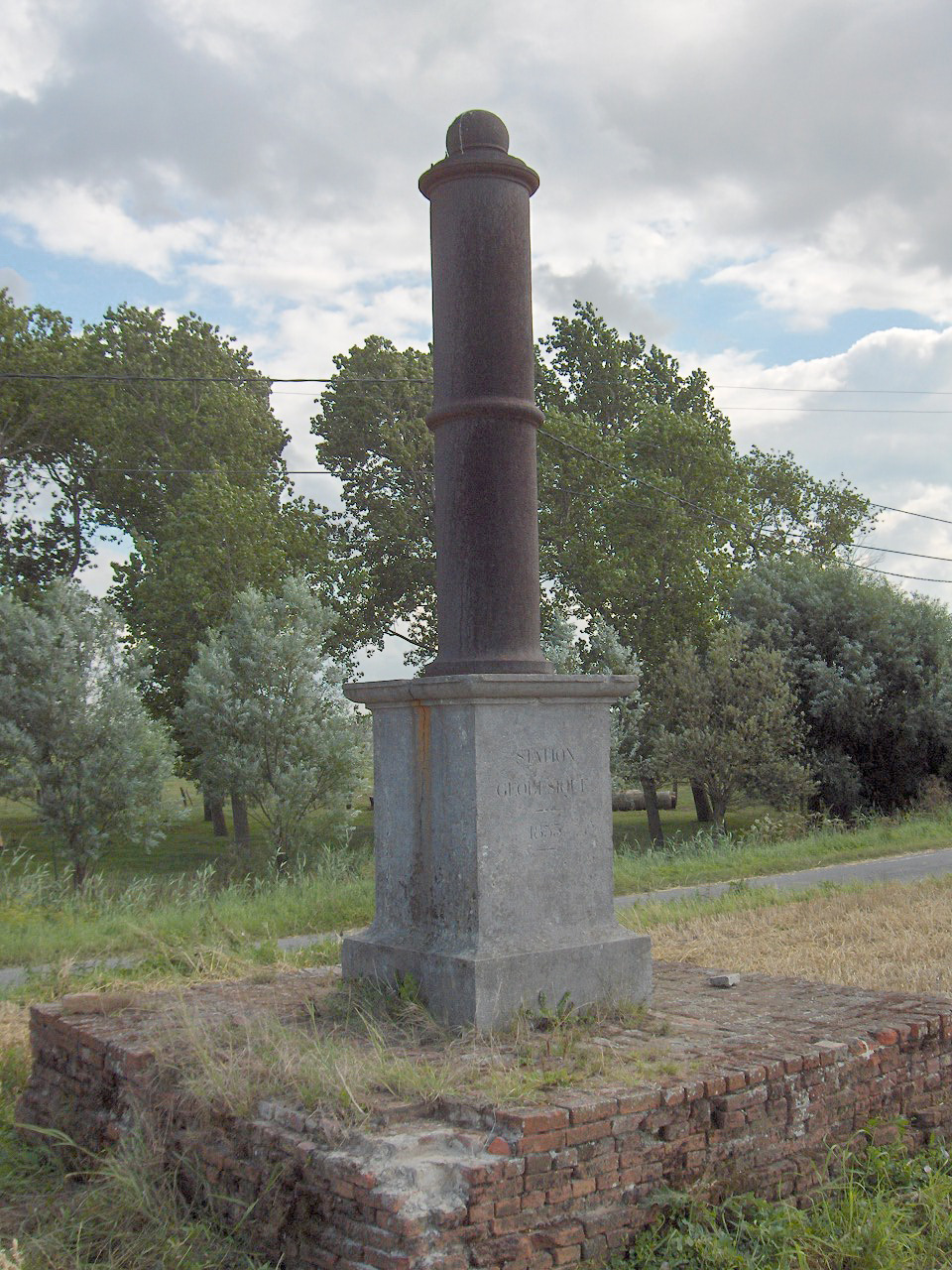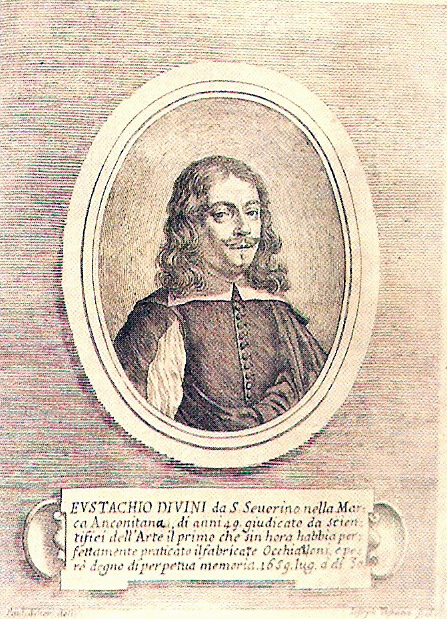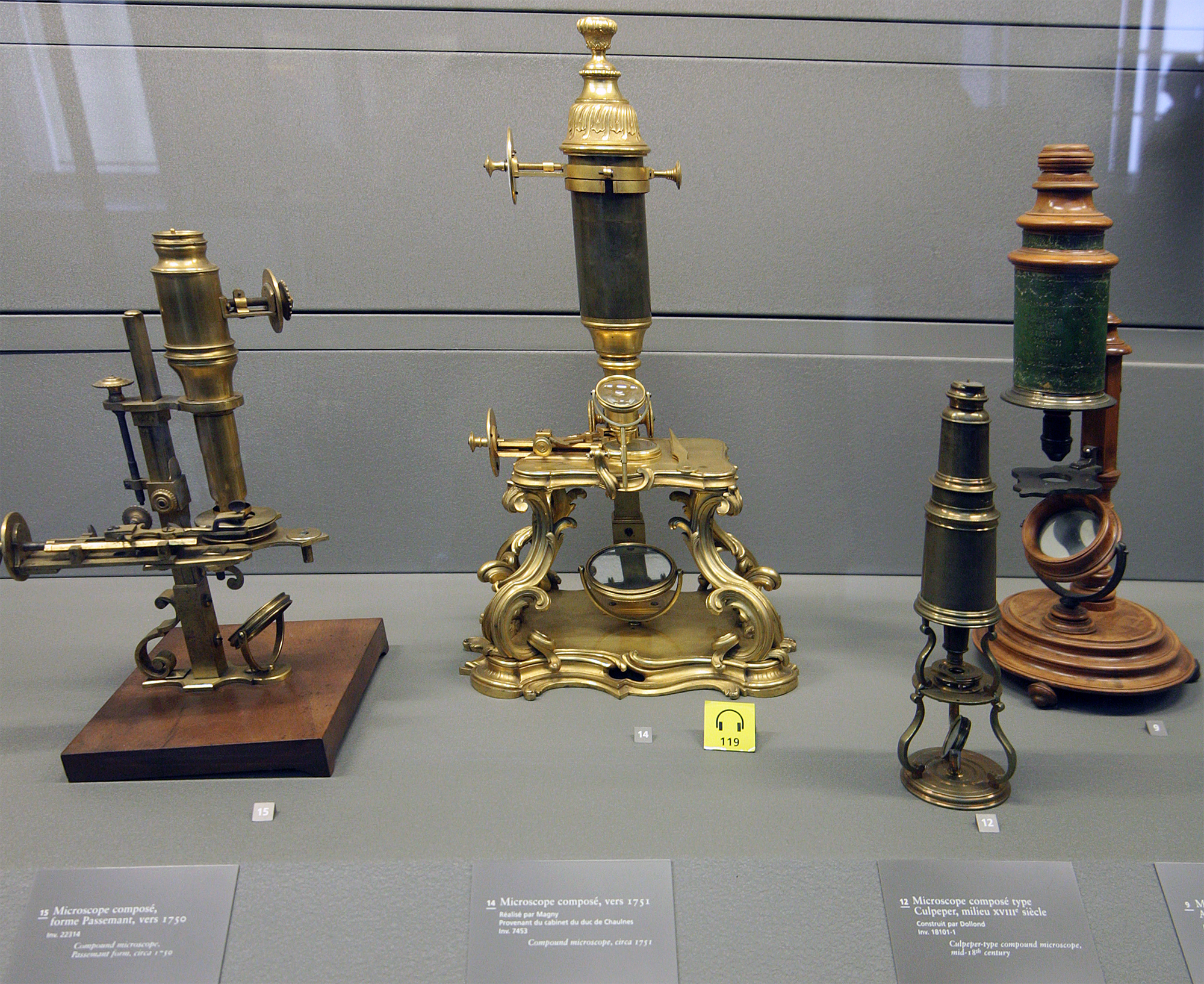|
Carlo Antonio Manzini
Conte Carlo Antonio Manzini (1599–1677/1678) was an Italian astronomer and mathematician. (His last name is sometimes given as Mangini or Mansini). Biography A member of the Bolognese nobility, he was a member of the Accademia dei Gelati and one of the founders of the Accademia dei Vespertini. Manzini published works on various phenomena, including comets, geodesy, and declination of the compass. In 1626 he published ''Tabulae primi mobilis: quibus nova dirigendi ars et praecipue circuli positionis inventio, non minus facilis quam exacta ostenditur''. This volume presented tables for the construction of astrological charts. His 1660 work, ''L'occhiale all'occhio, dioptrica practica'', is one of the oldest accounts of the techniques for manufacturing lenses through grinding and polishing. Manzini was in close personal contact with the two principal makers of telescopes in Italy, Francesco Fontana and Eustachio Divini. A portrait of Divini is included in his book which forms ... [...More Info...] [...Related Items...] OR: [Wikipedia] [Google] [Baidu] |
Accademia Dei Gelati
The Accademia dei Gelati (Academy of the Frozen) was a learned society of intellectuals, mainly noblemen, that significantly influenced the cultural and political life of Baroque Bologna. It is considered one of the most important 17th-century Italian academies. History The Accademia dei Gelati was founded in Bologna in 1588 by a group of young gentlemen associated with the university led by Melchiorre Zoppio. Its members gathered at Zoppio's house, in a marvelous room with a theater and a rich library. Zoppio was one of the Academy's keenest members, adopting the name Caliginoso within it and leaving it a room for its meetings in his will. The name of the Academy refers to the academicians belief that their literary conversations would "enflame" their "frozen" intellects. The subjects of the first meetings were love poetry and the Neoplatonic philosophy of love. Later, the Academy developed a great interest in philosophy. Following Plato's philosophical gatherings, ... [...More Info...] [...Related Items...] OR: [Wikipedia] [Google] [Baidu] |
Comet
A comet is an icy, small Solar System body that, when passing close to the Sun, warms and begins to release gases, a process that is called outgassing. This produces a visible atmosphere or Coma (cometary), coma, and sometimes also a Comet tail, tail. These phenomena are due to the effects of solar radiation and the solar wind acting upon the nucleus of the comet. Comet nuclei range from a few hundred meters to tens of kilometers across and are composed of loose collections of ice, dust, and small rocky particles. The coma may be up to 15 times Earth's diameter, while the tail may stretch beyond one astronomical unit. If sufficiently bright, a comet may be seen from Earth without the aid of a telescope and may Subtended angle, subtend an arc of 30° (60 Moons) across the sky. Comets have been observed and recorded since ancient times by many cultures and religions. Comets usually have highly Orbital eccentricity, eccentric elliptical orbits, and they have a wide range of orbit ... [...More Info...] [...Related Items...] OR: [Wikipedia] [Google] [Baidu] |
Geodesy
Geodesy ( ) is the Earth science of accurately measuring and understanding Earth's figure (geometric shape and size), Earth rotation, orientation in space, and Earth's gravity, gravity. The field also incorporates studies of how these properties change over time and equivalent measurements for other planets (known as ''planetary geodesy''). Geodynamical phenomena, including crust (geology), crustal motion, tides and polar motion, can be studied by designing global and national control networks, applying space geodesy and terrestrial geodetic techniques and relying on Geodetic datum, datums and coordinate systems. The job title is geodesist or geodetic surveyor. History Definition The word geodesy comes from the Ancient Greek word ''geodaisia'' (literally, "division of Earth"). It is primarily concerned with positioning within the time, temporally varying gravitational field. Geodesy in the German language, German-speaking world is divided into "higher geodesy" ( or ), w ... [...More Info...] [...Related Items...] OR: [Wikipedia] [Google] [Baidu] |
Compass
A compass is a device that shows the cardinal directions used for navigation and geographic orientation. It commonly consists of a magnetized needle or other element, such as a compass card or compass rose, which can pivot to align itself with North magnetic pole, magnetic north. Other methods may be used, including gyroscopes, magnetometers, and GPS receivers. Compasses often show angles in degrees: north corresponds to 0°, and the angles increase clockwise, so east is 90°, south is 180°, and west is 270°. These numbers allow the compass to show azimuths or bearing (angle), bearings which are commonly stated in degrees. If local magnetic declination, variation between magnetic north and true north is known, then direction of magnetic north also gives direction of true north. Among the Four Great Inventions, the magnetic compass was first invented as a device for divination as early as the history of science and technology in China, Chinese Han Dynasty (since c. 206 BC),#Li ... [...More Info...] [...Related Items...] OR: [Wikipedia] [Google] [Baidu] |
Astrological Chart
A horoscope (or other commonly used names for the horoscope in English include natal chart, astrological chart, astro-chart, celestial map, sky-map, star-chart, cosmogram, vitasphere, radical chart, radix, chart wheel or simply chart) is an astrological chart or diagram representing the positions of the Sun, Moon, planets, astrological aspects and sensitive angles at the time of an event, such as the moment of a person's birth. The word horoscope is derived from the Greek words ''ōra'' and ''scopos'' meaning "time" and "observer" (''horoskopos'', pl. ''horoskopoi'', or "marker(s) of the hour"). It is used as a method of divination regarding events relating to the point in time it represents, and it forms the basis of the horoscopic traditions of astrology. Horoscope columns are often featured in print and online newspapers. In common usage, horoscope often refers to an astrologer's interpretation, usually based on a system of solar Sun sign astrology; based strictly on the pos ... [...More Info...] [...Related Items...] OR: [Wikipedia] [Google] [Baidu] |
Lens (optics)
A lens is a transmissive optical device which focuses or disperses a light beam by means of refraction. A simple lens consists of a single piece of transparent material, while a compound lens consists of several simple lenses (''elements''), usually arranged along a common axis. Lenses are made from materials such as glass or plastic, and are ground and polished or molded to a desired shape. A lens can focus light to form an image, unlike a prism, which refracts light without focusing. Devices that similarly focus or disperse waves and radiation other than visible light are also called lenses, such as microwave lenses, electron lenses, acoustic lenses, or explosive lenses. Lenses are used in various imaging devices like telescopes, binoculars and cameras. They are also used as visual aids in glasses to correct defects of vision such as myopia and hypermetropia. History The word '' lens'' comes from '' lēns'', the Latin name of the lentil (a seed of a ... [...More Info...] [...Related Items...] OR: [Wikipedia] [Google] [Baidu] |
Francesco Fontana
Francesco Fontana (, Naples – July 1656, Naples) was an Italian lawyer and an astronomer. Biography Francesco Fontana studied law at the University of Naples and then he became a lawyer in the court at the Castel Capuano. But failing to always find truth in the Court, he began to study mathematics and astronomy. He created woodcuts lease add reference as there is no evidence that Fontana was an engravershowing the Moon and the planets as he saw them through a self-constructed telescope. Fontana traced, in 1636, the first drawing of Mars and discovered its rotation. In February 1646 he published the book ''Novae coelestium terrestriumq ererum observationes, et fortasse hactenus non-vulgatae'', where he presented all the observations of the Moon made from 1629 until 1645, the drawings of the bands seen on Jupiter's disc, the strange appearances of Saturn, as well as of the stars of the Milky Way. With a Fontana's telescope, the Jesuit Giovanni Battista Zupi observed for the ... [...More Info...] [...Related Items...] OR: [Wikipedia] [Google] [Baidu] |
Eustachio Divini
Eustachio Divini (4 October 1610 – 22 February 1685) was an Italian manufacturer and experimenter of optical instruments for scientific use in Rome. The origins Eustachio was born on 4 October 1610 in San Severino Marche, from the illustrious Divini's family. At the age of 4 his mother, Virginia Saracini, died and 7 years later his father, Tardozzo Divini, also died, so his brothers Vincenzo and Cipriano looked after him and his basic education before moving to Rome. At that time Divini was initiated into the military career but after a severe disease in 1629 he had to give up. After that he joined again his brothers. The Roman career His brother Vincenzo, who frequented the literary and scientific circle in Rome, incited him to follow the lessons of monk Benedetto Castelli, disciple of Galilei. So Eustachio began his new fertile formative experience with people of his same generation such as Evangelista Torricelli, Giovanni Alfonso Borelli, Bonaventura Cavalieri and Mich ... [...More Info...] [...Related Items...] OR: [Wikipedia] [Google] [Baidu] |
Microscope
A microscope () is a laboratory instrument used to examine objects that are too small to be seen by the naked eye. Microscopy is the science of investigating small objects and structures using a microscope. Microscopic means being invisible to the eye unless aided by a microscope. There are many types of microscopes, and they may be grouped in different ways. One way is to describe the method an instrument uses to interact with a sample and produce images, either by sending a beam of light or electrons through a sample in its optical path, by detecting photon emissions from a sample, or by scanning across and a short distance from the surface of a sample using a probe. The most common microscope (and the first to be invented) is the optical microscope, which uses lenses to refract visible light that passed through a thinly sectioned sample to produce an observable image. Other major types of microscopes are the fluorescence microscope, electron microscope (both the t ... [...More Info...] [...Related Items...] OR: [Wikipedia] [Google] [Baidu] |
Telescope
A telescope is a device used to observe distant objects by their emission, absorption, or reflection of electromagnetic radiation. Originally meaning only an optical instrument using lenses, curved mirrors, or a combination of both to observe distant objects, the word ''telescope'' now refers to a wide range of instruments capable of detecting different regions of the electromagnetic spectrum, and in some cases other types of detectors. The first known practical telescopes were refracting telescopes with glass lenses and were invented in the Netherlands at the beginning of the 17th century. They were used for both terrestrial applications and astronomy. The reflecting telescope, which uses mirrors to collect and focus light, was invented within a few decades of the first refracting telescope. In the 20th century, many new types of telescopes were invented, including radio telescopes in the 1930s and infrared telescopes in the 1960s. Etymology The word ''telescope'' ... [...More Info...] [...Related Items...] OR: [Wikipedia] [Google] [Baidu] |
Observatory
An observatory is a location used for observing terrestrial, marine, or celestial events. Astronomy, climatology/meteorology, geophysical, oceanography and volcanology are examples of disciplines for which observatories have been constructed. Historically, observatories were as simple as containing an astronomical sextant (for measuring the distance between stars) or Stonehenge (which has some alignments on astronomical phenomena). Astronomical observatories Astronomical observatories are mainly divided into four categories: space-based, airborne, ground-based, and underground-based. Ground-based observatories Ground-based observatories, located on the surface of Earth, are used to make observations in the radio and visible light portions of the electromagnetic spectrum. Most optical telescopes are housed within a dome or similar structure, to protect the delicate instruments from the elements. Telescope domes have a slit or other opening in the roof that can be opened ... [...More Info...] [...Related Items...] OR: [Wikipedia] [Google] [Baidu] |
.jpg)




